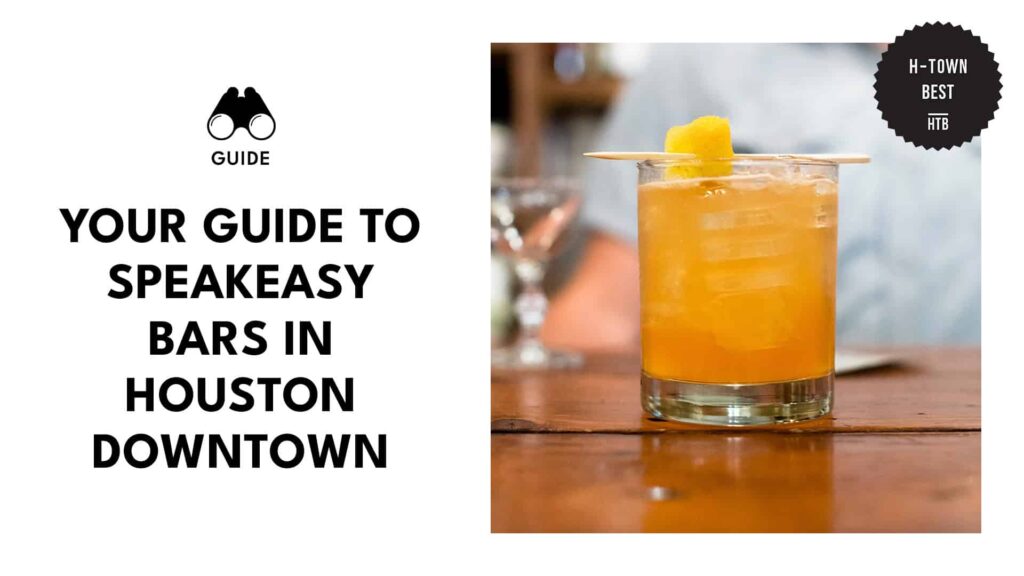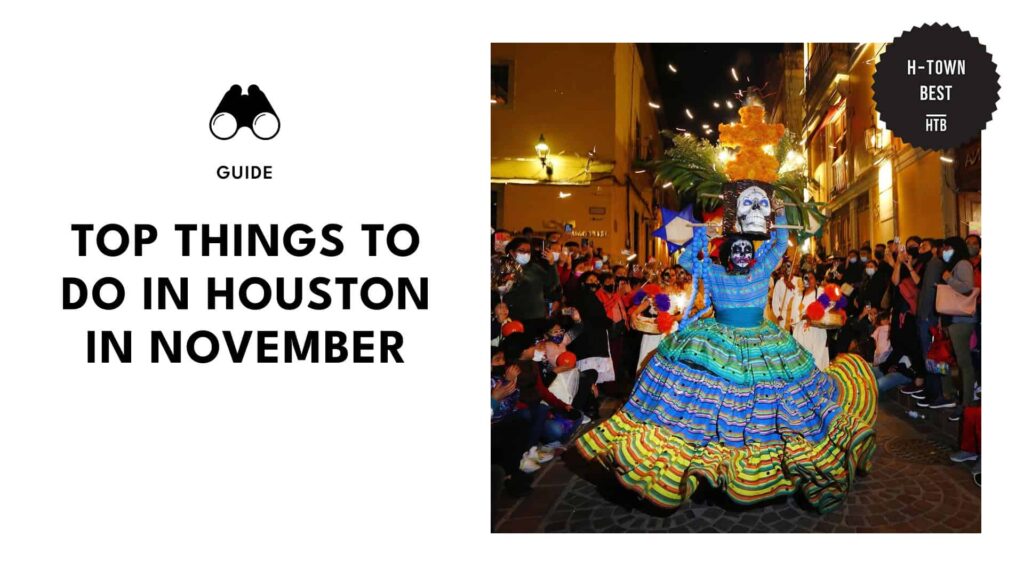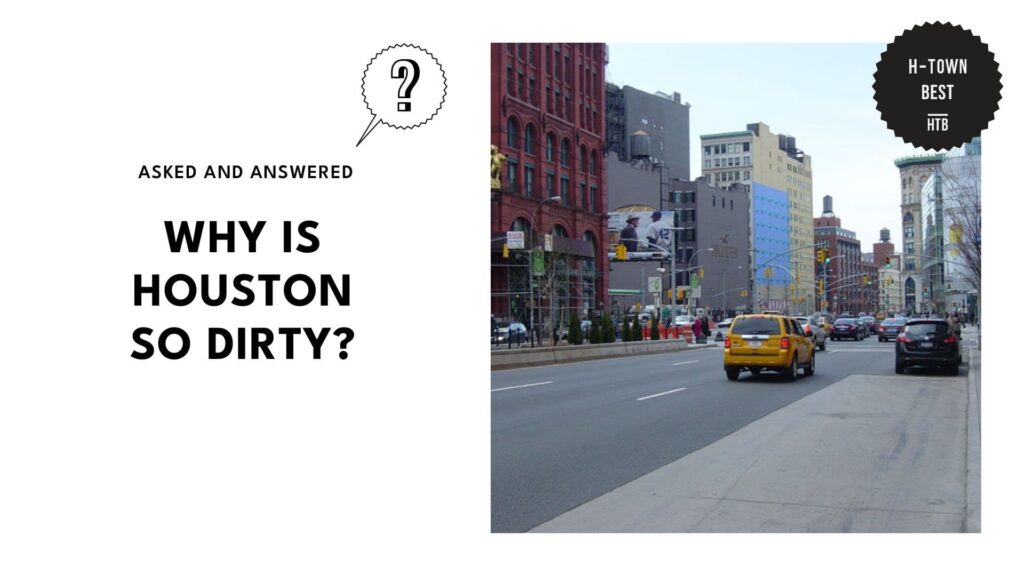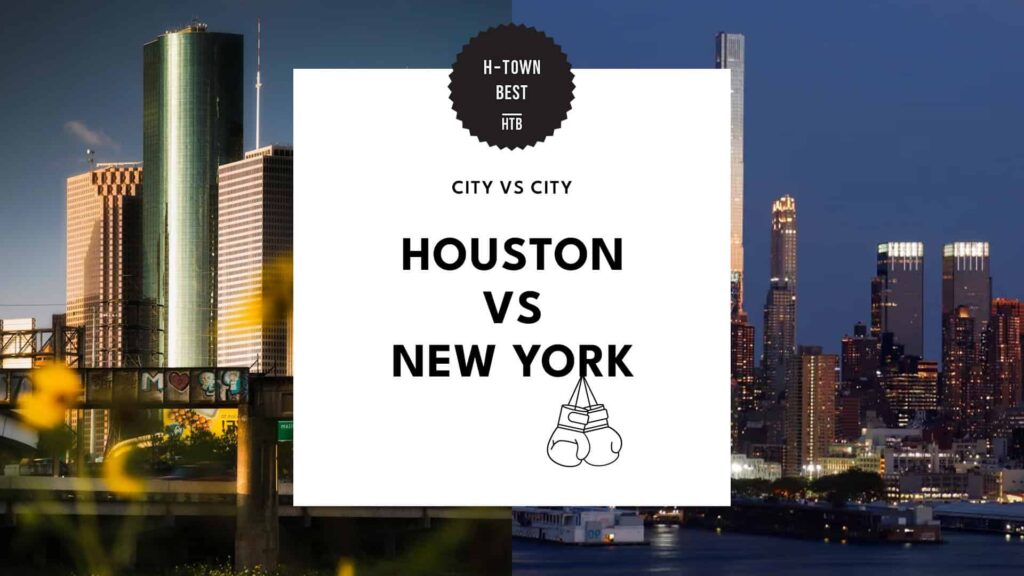How Bad is Traffic in Houston?
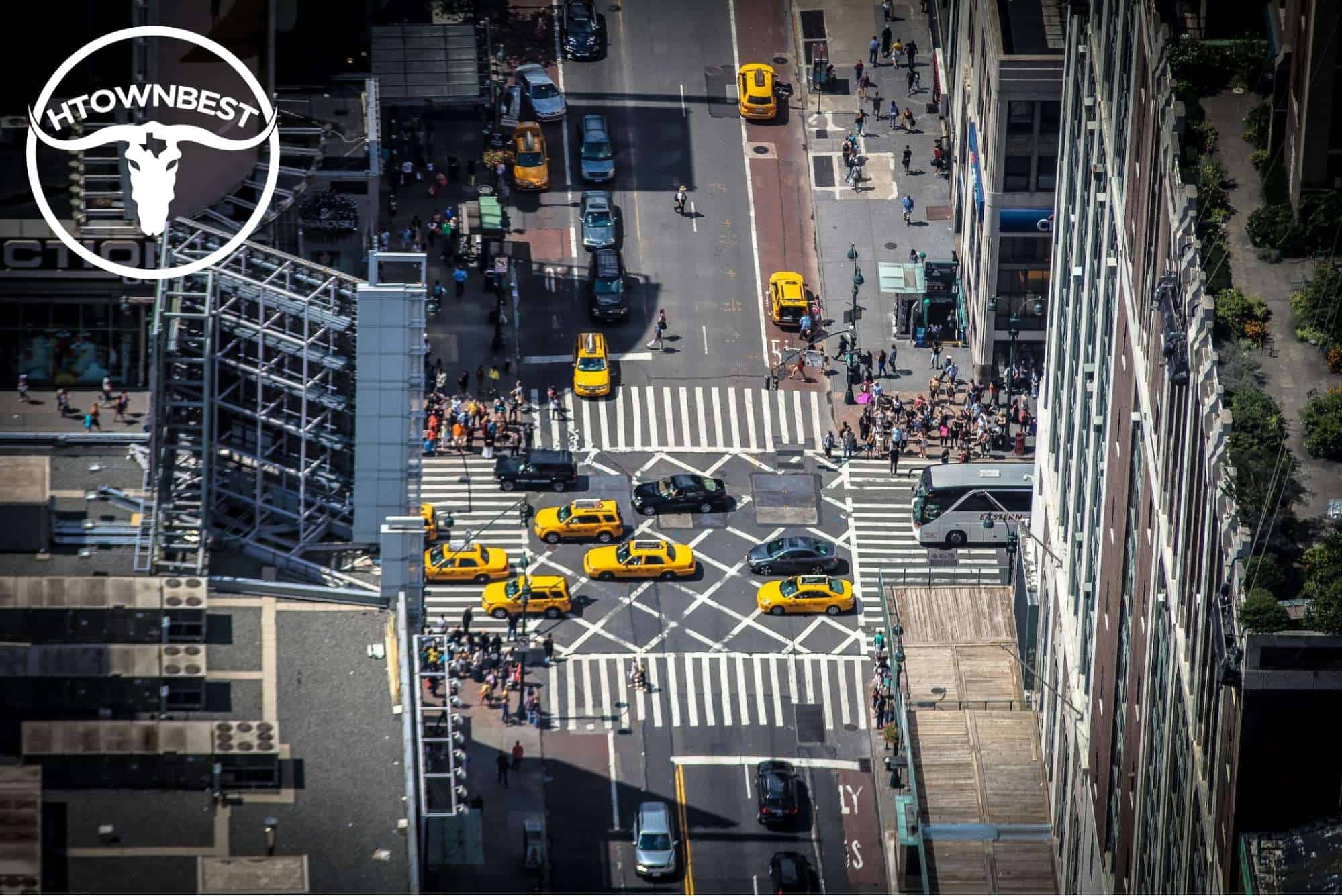
- How bad is the traffic in Houston?
- Unprecedented Growth
- Sprawling Layout
- Lack of Public Transportation
- Buses
- Light Rail
- Park-and-Ride
- Unpredictable Weather
- What are the effects of the traffic in Houston?
- Traffic Accidents
- Air Quality
- What can be done to improve traffic in Houston?
- Alternative Modes of Transportation
- Improve Public Transportation
- Increase Frequency and Reliability
- Expand the Network
- Invest in Technology
- Enhance Accessibility
- Foster Partnerships
Houston, Texas is a vibrant and thriving city that is home to millions of people, but it is also plagued by one major issue – traffic.
Despite the city’s efforts to improve traffic flow through new infrastructure projects and public transportation initiatives, Houston remains one of the most congested cities in the United States.
How bad is the traffic in Houston?

Houston was ranked 3rd as one of the cities in the USA with the worst traffic, according to the Texas A&M Transportation Institute’s 2021 Urban Mobility Report.
The traffic problem in Houston can be attributed to a number of reasons such as its steady growth in population, its urban layout, the underdeveloped public transit system, and its unpredictable weather.
Houston is notorious for its congested roads, long commutes, and gridlock traffic that can make getting around the city an absolute nightmare.
The heavy traffic not only causes frustration and delays for drivers but can also have a significant impact on the local economy and the environment.
In this article, we’ll explore the factors contributing to Houston’s traffic problems and discuss some of the strategies being used to address them.
Unprecedented Growth

One of the main reasons for the traffic congestion in Houston is the city’s rapid growth.
Over the past few decades, Houston has experienced a huge population boom, with new residents flocking to the area in search of job opportunities, affordable housing, and a warm climate.
In his State of Mobility speech in 2022, Mayor Sylvester Turner spoke about how Houston has become a destination. He explained that, “Over the last 10 years, Houston’s population grew by 10% — that means 200,000 more people wanted to be there.”

This chart illustrates the steep increase in population in Houston over the past 70 years.
The mayor also illustrated how the passengers arriving at Bush Intercontinental Airport grew by 14% over the 10 years just before the pandemic. He also states that the Port of Houston ranks first in total tonnage of all ports across the United States.
According to the US Census Bureau, Houston’s population is currently the 4th largest in the United States and is projected to overtake Chicago as 3rd place after a period of time.
While this growth has brought many benefits to the city, it has also put a huge strain on the city’s infrastructure, including its roads and highways.
Sprawling Layout

Another factor that contributes to Houston’s traffic woes is the city’s sprawling urban layout. Houston is known for its spread out suburbs and sprawling urban areas, which make it difficult to get around quickly and efficiently.
According to CNU Journal, these are the differences between a sprawling city and a traditional city. Sprawling cities are characterized by the large area and low density.

This aspect of its landscape, combined with the city’s rapid growth, has led to a massive increase in the number of vehicles on the roads, leading to even more congestion and delays.
Lack of Public Transportation

The public transportation system in Houston, Texas, is operated by the Metropolitan Transit Authority of Harris County (METRO).
The city has a comprehensive system of buses, light rail, and park-and-ride services that provides reliable and affordable transportation options for its residents and visitors. However, because of the sheer size of the city and its population, these fall short.
Buses

METRO operates a fleet of buses but these only serve the greater Houston area, including Harris County and Fort Bend County. Other parts of the city have limited to no access to these buses.
The buses run on a network of more than 200 routes and provide service to destinations throughout the city, including downtown Houston, major shopping centers, medical centers, and residential neighborhoods.
METRO’s bus system operates seven days a week and provides frequent service during peak hours. This convenient access to public transportation alleviates some of the stress of the traffic situation, but only the parts which have access.
However, because these buses only operate within a small area, private vehicles are still the preferred method of transportation, thereby contributing to the traffic problem.
Light Rail

The METRORail is Houston’s light rail system and provides convenient and efficient transportation between downtown Houston and several nearby neighborhoods.
The system consists of three lines that run through the city, serving major destinations such as the Museum District, the Texas Medical Center, and NRG Park. The trains run seven days a week and provide frequent service during peak hours.
For a city as vast as Houston and a population as big as it has, 3 lines does not suffice to account for all the commuters and the places they need to go.
Park-and-Ride

Even though METRO has its shortcomings, it has also undertaken ways in order to help address the traffic problems in the city.
METRO also operates several park-and-ride lots throughout the city, allowing residents to park their cars and take the bus or light rail to their destination. This service provides an alternative to driving and helps reduce traffic congestion in the city.
In addition to these services, METRO also provides several specialized transportation options for individuals with disabilities, including the METROLift paratransit service.

In addition to previous factors, Houston is also affected by some problems with regards to public transportation options. Although Houston has a good system in place, it is not as extensive as other public transportation in other countries like Japan or Taiwan.
Houston’s public transportation system does not reach all areas within the city, like in uptown and midtown, so Houstonians living in these areas have to rely largely on cars and pick-up services to get around.
This means that the city’s roads are constantly congested with cars and trucks, making it difficult to travel quickly and easily.
Unpredictable Weather

To make matters worse, Houston is also known for its unpredictable weather (“Why is Houston’s weather so weird”). Heavy rainfall, severe thunderstorms, and hurricanes can all cause significant disruptions to the city’s transportation network, leading to even more traffic problems and delays.
Drivers also tend to drive slower to be more careful on rainy days(“why does it rain a lot in houston”), which Houston has a lot of. This leads to an even slower flow of traffic in the streets of the city.
What are the effects of the traffic in Houston?

The traffic in Houston is not only frustrating, it can also be dangerous. Long commutes and crowded roads can cause stress and anxiety, and they can also lead to accidents and an effect on the city’s air quality.
Traffic Accidents

In 2019, the Texas Department of Transportation reported a total of 65,000 car accidents in Houston, with over 19,000 of them resulting in injuries. Moreover, 249 of these accidents were fatal, resulting in 266 fatalities.
The number of accidents and fatalities increased from the previous year, indicating that the problem is getting worse.
The Houston-Galveston Area Council reported that 75% of accidents in the Houston area occurred during rush hour, a time when traffic congestion is at its worst.
Furthermore, data from the Houston Police Department reveals that speeding is a major contributing factor in car accidents. In 2020, the department reported that speeding was a factor in over 23,000 accidents, resulting in over 100 fatalities.
As previously mentioned, the heavy traffic in Houston can lead to drivers becoming frustrated, leading them to speed to try and make up time. This dangerous behavior only increases the likelihood of accidents occurring.
Finally, the Texas Department of Transportation’s 2020 Crash Records Information System (CRIS) data showed that distracted driving is also a significant factor in Houston car accidents.
The data revealed that in 2020, there were over 12,000 accidents involving distracted driving, resulting in 61 fatalities.
The high levels of traffic congestion in Houston provide drivers with numerous distractions, from billboards to cell phones, which can take their focus away from the road and lead to accidents.
Air Quality

Vehicles produce emissions that contribute to air pollution, including carbon monoxide, nitrogen oxides, and particulate matter. When there is heavy traffic congestion, the emissions from vehicles can accumulate, leading to poor air quality.
In Houston, the high levels of traffic have resulted in the city consistently ranking among the worst cities in the United States for air pollution.
According to the American Lung Association’s 2020 State of the Air report, Houston was ranked as the 9th most polluted city in the United States for ozone pollution, which is a harmful gas that forms when vehicle emissions react with sunlight.
In addition, the report found that Houston was ranked as the 17th most polluted city in the United States for particle pollution, which is a mixture of tiny particles and droplets in the air that can cause respiratory problems.
Furthermore, data from the Houston-Galveston Area Council (HGAC) shows that traffic congestion in Houston is responsible for a significant portion of the city’s air pollution.
The HGAC’s 2020 State of the Air report found that traffic congestion contributes to 31% of the region’s nitrogen oxide emissions, which is a pollutant that can cause respiratory problems and contribute to the formation of ozone.
Additionally, a study by the Texas A&M Transportation Institute found that traffic congestion in Houston is responsible for over 40% of the region’s carbon monoxide emissions.
Carbon monoxide is a colorless, odorless gas that can be lethal in high concentrations and can also cause headaches, dizziness, and nausea at lower levels.
What can be done to improve traffic in Houston?

Despite the numerous challenges posed by Houston’s traffic, there are some steps that residents and visitors can take to make their commutes and trips around the city more manageable.
Alternative Modes of Transportation

For example, some people choose to use alternative modes of transportation, such as bicycles, scooters, or even walking, to avoid the heavy traffic. Others may choose to carpool with friends or coworkers, or to use public transportation whenever possible.
According to the Mayor’s same speech on mobility, in 2021, BCycle, Houston’s Bike Share system, added 23 new rental stations and recorded over 240,000 trips in 2021. The company is also in the works in adding 125 more miles of bikeways.
Likewise, electric scooters have become a popular mode of transportation in Houston, with companies like Lime, Bird, and Spin offering scooter-sharing services.
These services allow riders to rent electric scooters on a short-term basis, making them an ideal choice for short trips around the city.
Improve Public Transportation

Public transportation is an essential aspect of any city, providing residents and visitors with reliable, affordable, and convenient transportation options.
Houston, Texas, is no exception, and its Metropolitan Transit Authority of Harris County (METRO) operates a comprehensive network of buses, light rail, and park-and-ride services.
However, there is always room for improvement, and there are several ways in which Houston’s public transportation system can be enhanced.
Increase Frequency and Reliability

One of the main challenges with public transportation is ensuring that the buses and trains run on time. Increasing the frequency and reliability of service would make public transportation a more attractive option for Houstonians, especially during peak hours.
This can be achieved through better management of traffic and road conditions, as well as through the use of technology to monitor and manage the flow of vehicles.
Expand the Network

Houston is a sprawling city, and expanding the public transportation network to reach more destinations would make it easier for residents and visitors to access the city’s various neighborhoods and attractions.
This could include adding new routes or extending existing ones, as well as increasing the number of park-and-ride lots to provide more convenient access to the bus and light rail systems.
Invest in Technology

Technology has the potential to revolutionize the way public transportation is managed and experienced. By investing in smart transit systems, Houston can improve the efficiency and convenience of its public transportation system.
This could include the use of real-time information and mobile ticketing, as well as the implementation of smart fare systems that allow passengers to use a single card or app to access all modes of transportation.
Enhance Accessibility

Providing accessible public transportation is essential for ensuring that all members of the community have equal access to the city’s various destinations.
This could include upgrading existing facilities to make them more accessible for individuals with disabilities, as well as investing in new technology to make transportation more convenient and user-friendly for everyone.
Foster Partnerships

In order to effectively improve the public transportation system in Houston, it will be necessary to foster partnerships between METRO, local businesses, and the city government.
These partnerships can help to ensure that the transportation system is aligned with the needs and priorities of the community, as well as to secure the necessary funding and support to make meaningful improvements.
Improving public transportation in Houston will require a concerted effort from all stakeholders, including METRO, local businesses, and the city government.
By working together to address the challenges and opportunities facing the city’s transportation system, Houston can create a more efficient, accessible, and convenient public transportation network for its residents and visitors.
